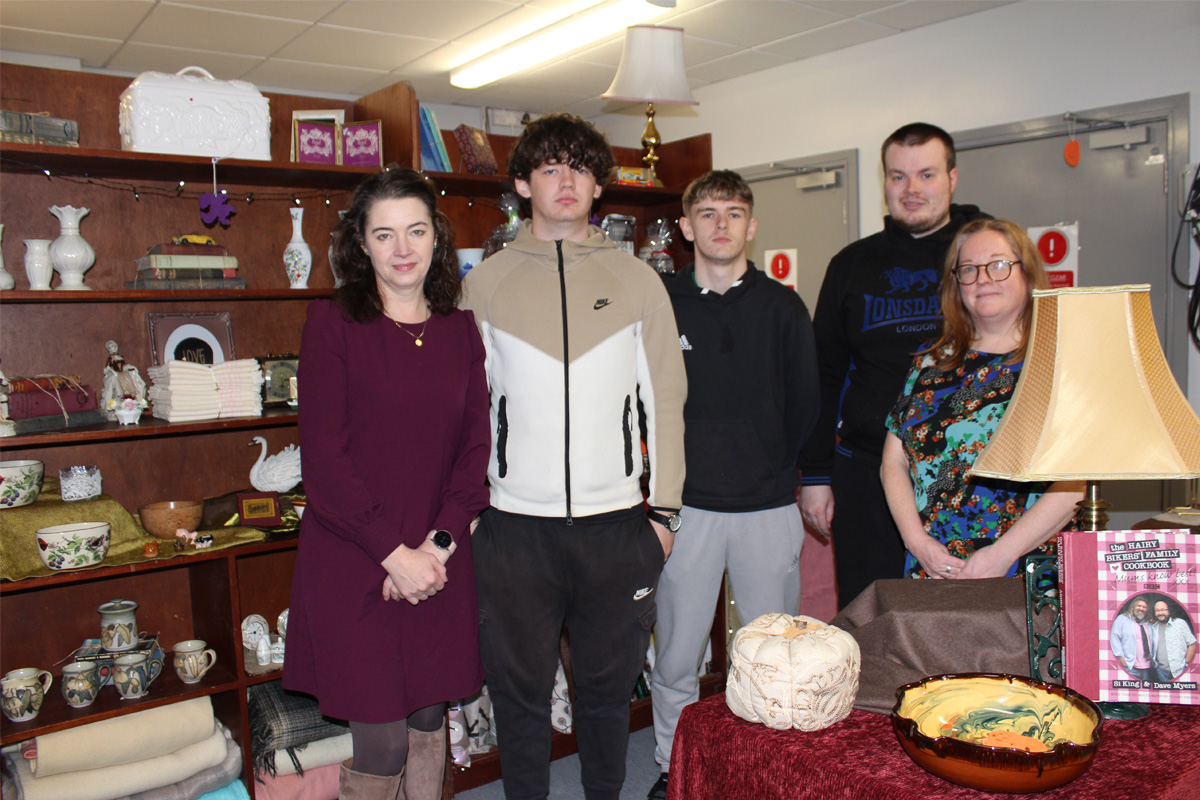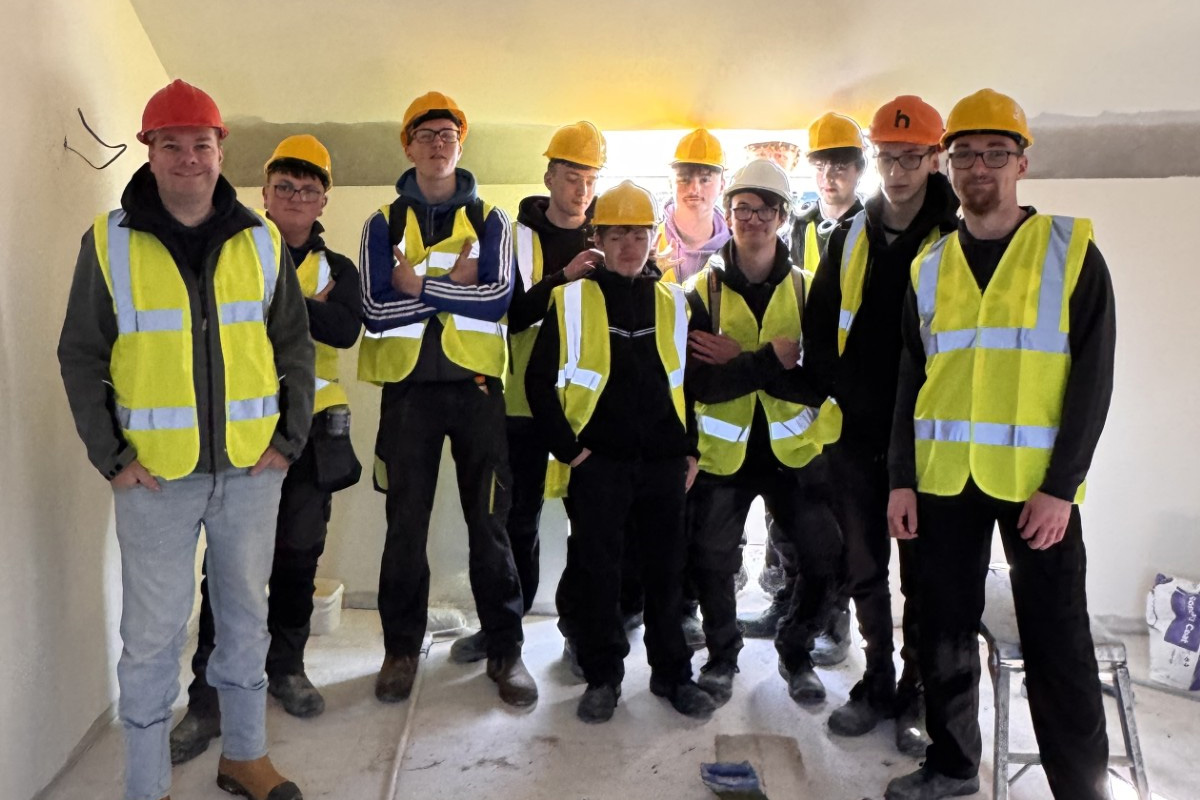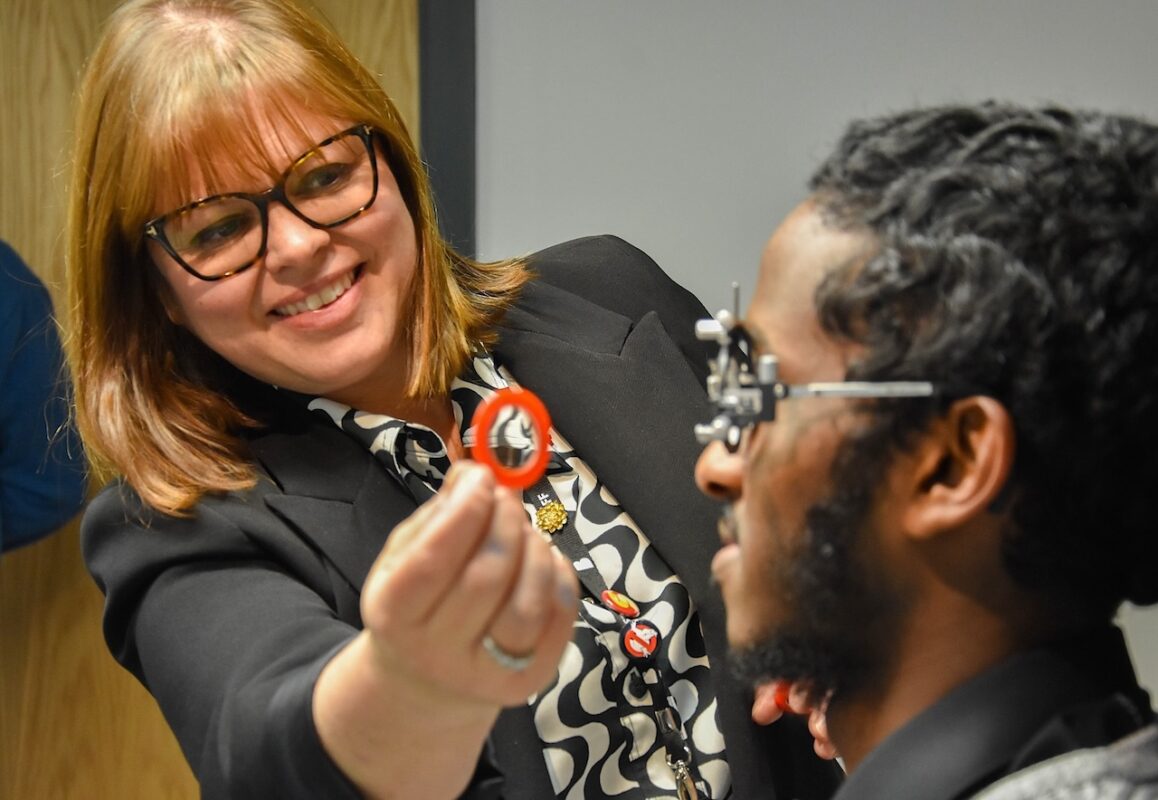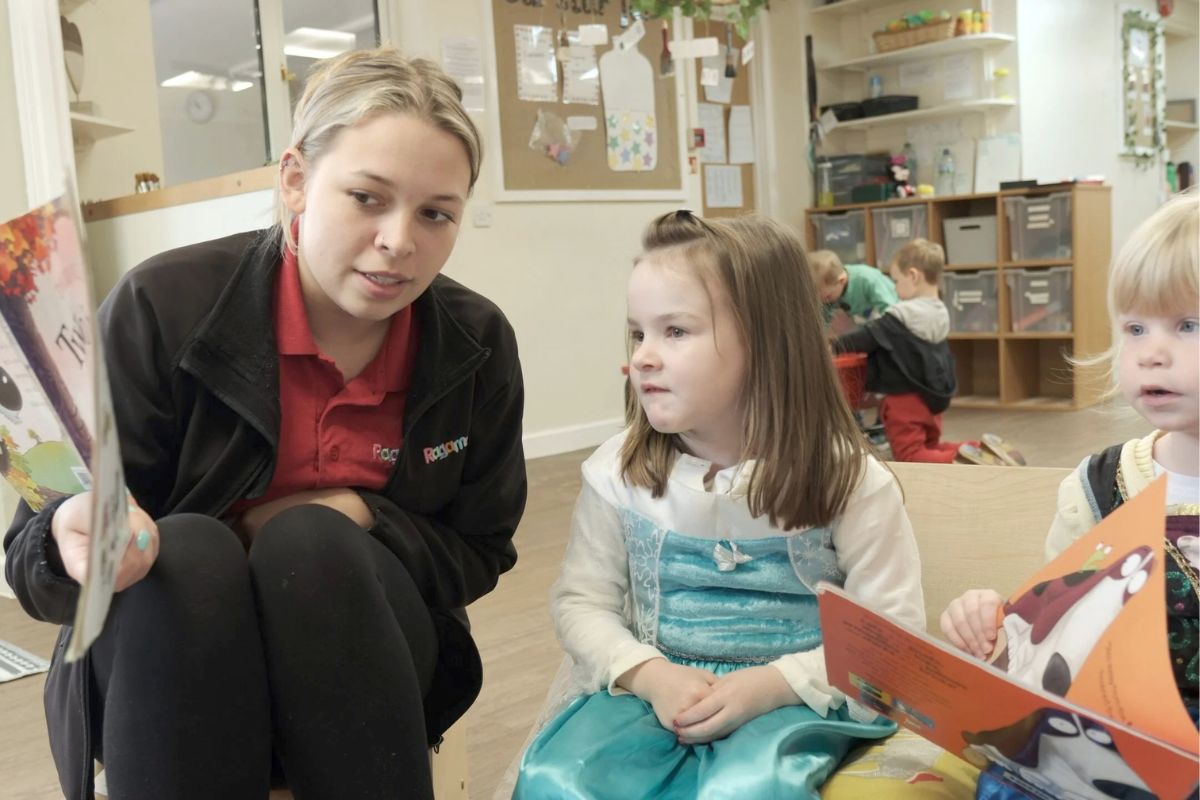Eccles Sixth Form College Animal Department welcome three new arrivals

Peggy and Steve, Eccles Sixth Form College’s resident capybara, have extended their family as Peggy gives birth to three babies. These are the first capybara babies to be born at the college and were welcome but unexpected arrivals.
Harry Gill, Eccles Sixth Form College Mammal Keeper, said: “We are delighted with the arrival of our three Capybara pups at the college!
“Capybara babies are precocial, meaning they are born with fur, their eyes open and able to feed themselves almost immediately. Our adult capybara, Steve and Peggy, are doing a fantastic job of caring for their offspring so far, and we are looking forward to seeing them grow and develop.”
The capybara is the world’s largest living rodent. Native to wetlands of South America, the mammals are closely related to guinea pigs and chinchillas, but are semi-aquatic by nature and able to spend up to five minutes in water in order to avoid natural predators which include jaguar and anacondas.
Capybara also spend a great deal of time grazing and can consume up to 3kg of grass each day.
The new capybara pups at Eccles, which have not yet been named, were discovered by student Hannah Sinclair, who is currently studying for her Level 3 Extended Diploma in Animal Management. Hannah said: “I had gone into the paddock to do some training with the capybara in the morning and was thrilled to discover that Peggy had given birth to a litter of pups. It is always a pleasure to be able to work so closely with the animals at the college, but this was an especially exciting moment.”
Hannah, along with other students studying within the department, work closely with the capybara, as well as other animals within the department. They are given the unique opportunity to carry out one-on-one de-sensitisation training with them, which not only provides stimulation for the animals but also makes it easier for students to handle and health check them for their studies.
Because of this high-level contact, many of our students create special bonds with animals they wouldn’t normally come into contact with.











Responses